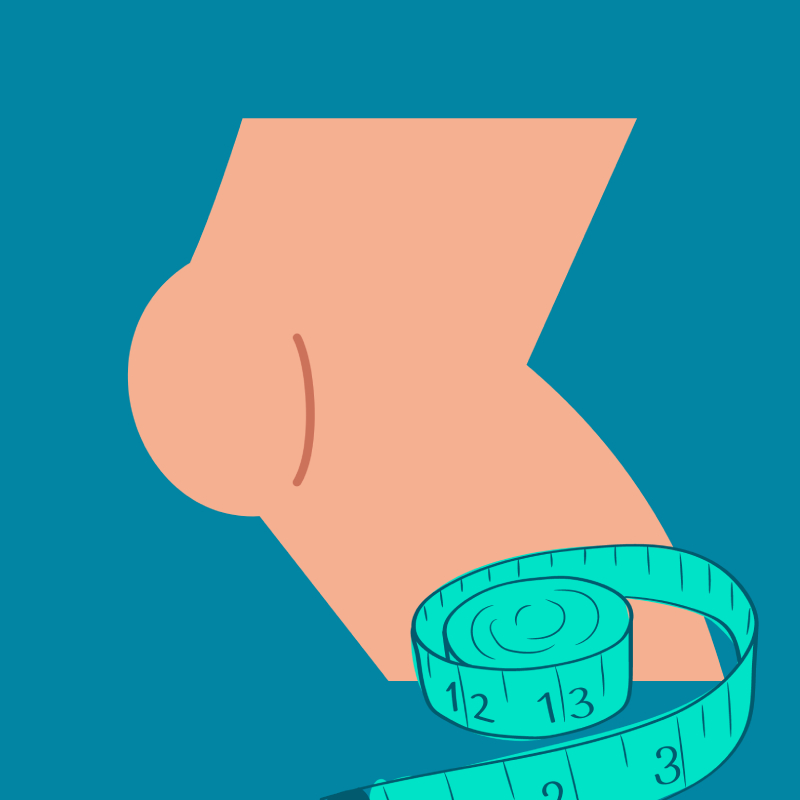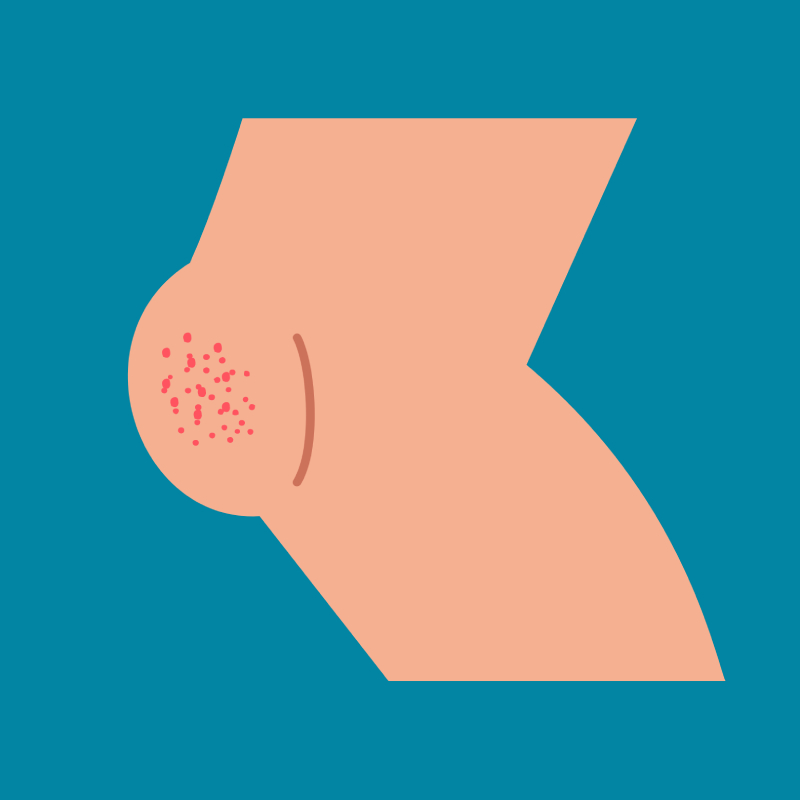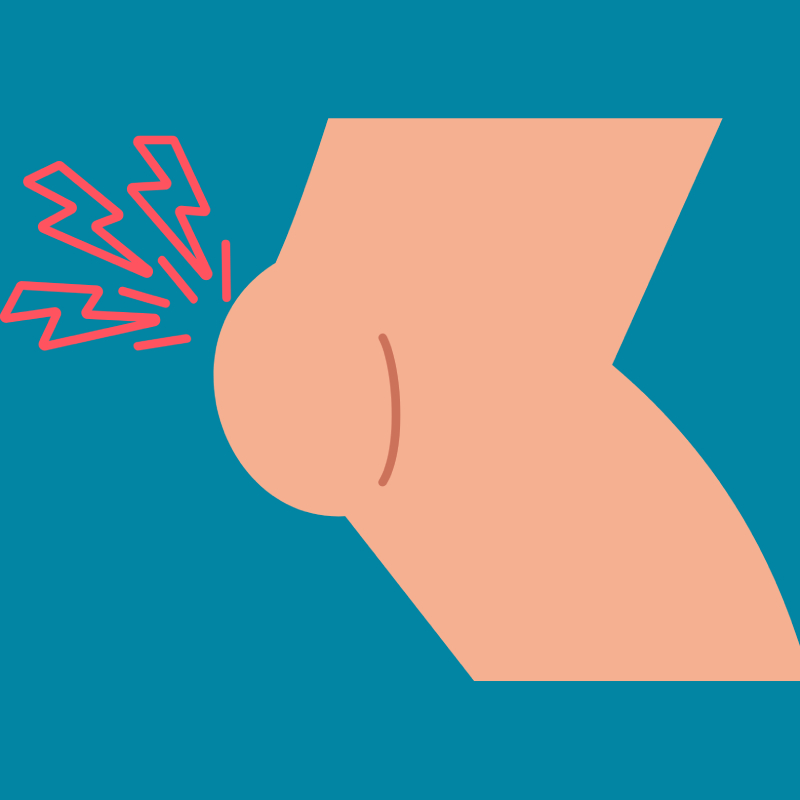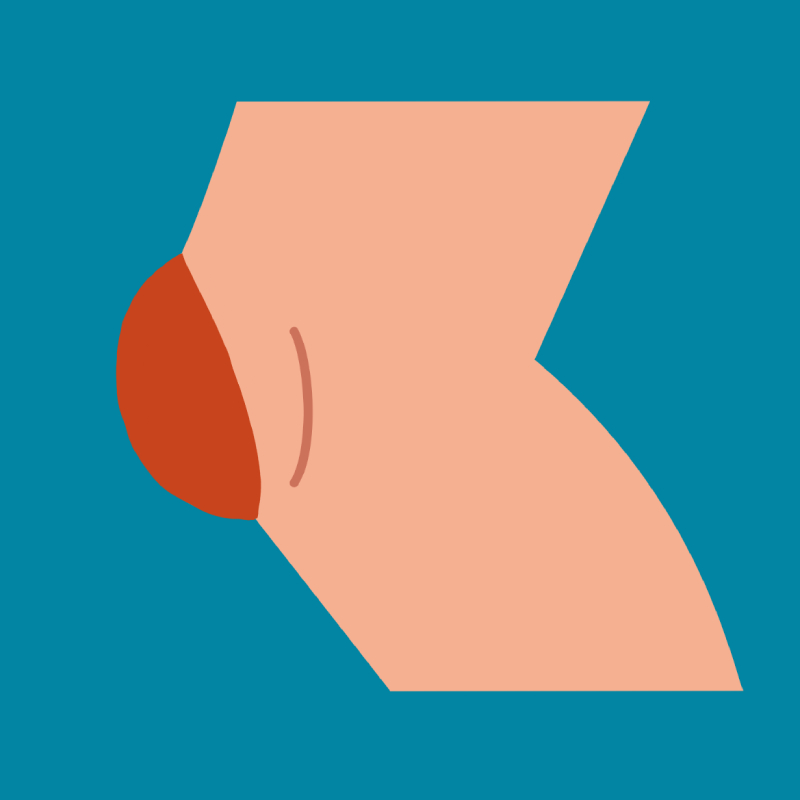Knowing signs and symptoms of sarcoma cancer
2. Soft tissue sarcomas
Soft tissue sarcomas are cancers that develop in the body's supporting or connective tissues, including muscles, nerves, tendons, blood vessels, and fatty and fibrous tissues. They account for approximately 70% of all sarcomas [1]. As physiotherapy students, it is important to have a basic understanding of soft tissue sarcomas and their potential impact on patients' musculoskeletal health.
Soft tissue sarcomas commonly affect the arms, legs, and trunk, with nearly half of all cases occurring in the limbs. Other frequent sites include the chest, abdomen, pelvis, stomach, intestines (GIST), retroperitoneal area, and female reproductive system (gynecological sarcomas).
The most common subtype of soft tissue sarcoma is gastrointestinal stromal tumours (GIST), representing 18% of cases [2]. Overall, soft tissue sarcomas make up about 1% of malignant tumours.
Soft tissue sarcomas are most often detected as painless or painful lumps. Although most lumps and bumps are not sarcomas, it is crucial to be aware of red flag signs indicating a need for further investigation, such as lumps that are growing, changing, larger than a golf ball, deep (reaching the fascia), increasing in size, painful, or recurring after removal. As a physiotherapist you should be aware of these potential signs and symptoms, as early detection and intervention can significantly impact patient outcomes.
When discussing symptoms, patients can use specific terms like "new lump," "increasing in size," or "rapidly" (if applicable) to help GPs better understand their concerns. These terms can also be included in referral letters to GPs or specialist centers. However, it's important not to rely solely on patient descriptions, as they may not recall all red flag signs identified by a physiotherapist. Therefore, every recommendation to consult a GP should be accompanied by a detailed referral letter emphasising the red flag signs and areas of concern.
[1] https://onlinelibrary.wiley.com/doi/10.1002/ijc.34409#ijc34409-note-0003_17
[2] https://onlinelibrary.wiley.com/doi/10.1002/ijc.34409#ijc34409-note-0003_17
Select the cards below to reveal red flag signs for further investigation.


Size / shape
Look out for a change in the size or shape of the lump.


Appearance
Look out for a change to the appearance of the skin.


Pain
Be aware of any pain felt especially if it's worse at night.


Colour
Look out for a change in the colour of the lump.